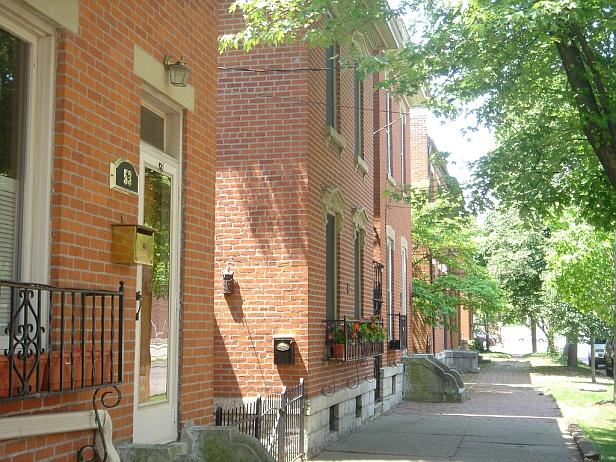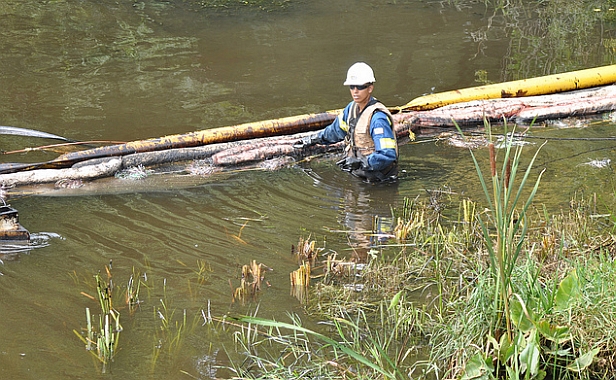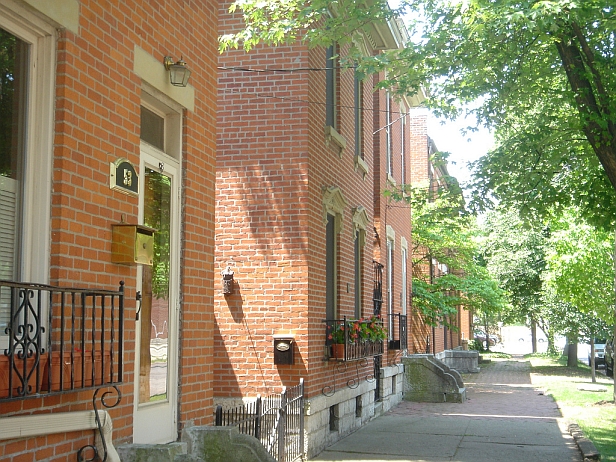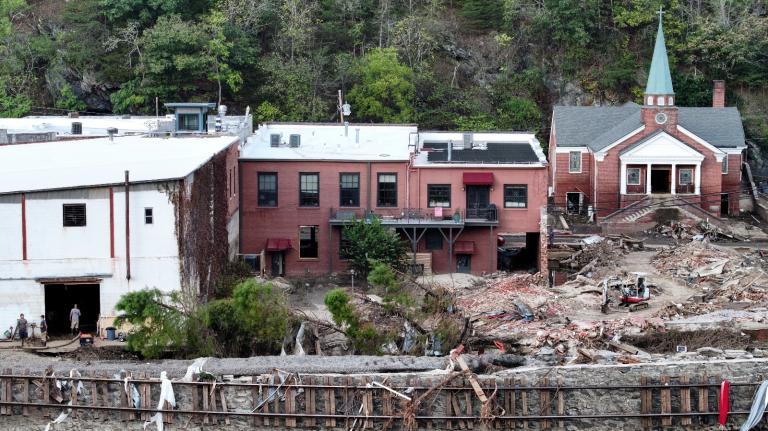 Columbus, OhioCourtesy theurbanophile.comOn Tuesday, the Obama administration is holding a large summit on how to reshape federal housing policy and eventually offload mortgage giants Fannie Mae and Freddie Mac, which the government bailed out in 2008. It’ll be a Very Serious event in which the health of the economy gets top billing and the health of the planet will be lucky to get even a passing mention.
Columbus, OhioCourtesy theurbanophile.comOn Tuesday, the Obama administration is holding a large summit on how to reshape federal housing policy and eventually offload mortgage giants Fannie Mae and Freddie Mac, which the government bailed out in 2008. It’ll be a Very Serious event in which the health of the economy gets top billing and the health of the planet will be lucky to get even a passing mention.
But the type of housing the government promotes has a big impact on climate change and other ecological challenges. Should mortgage policy encourage sprawl instead of walkable urbanism? Should it treat drafty, energy-hogging houses the same as well-sealed, efficient ones? There’s a lot of interesting work being done to promote climate solutions within housing policy, though it’s barely surfaced in economic circles.
The Obama administration is taking baby steps to move the nation away from car-dependant sprawl, even if those aren’t likely to get much attention at the summit. For a primer on what it’s up to, you can’t do better than “Reverse Commute,” Alyssa Katz’s article in last month’s American Prospect.
Unfortunately, her most striking news might be the daunting size of the challenge:
New measures to reverse the march of sprawl may be too little, too late. It took seven decades and trillions in federal investment to create the sprawl that the Obama administration is now moving to brake. The first interstate highways rolled out in the 1950s with the present-day equivalent of $300 billion in federal funds. The suburban home industry was fueled by subsidies that today amount each year to almost twice HUD’s entire budget.
By contrast, the administration’s plans rely on nudging private growth in the right direction. But that assumes there’s growth to drive. Somehow [the] project will have to re-engineer the physical form of the nation in an economy drained of public funds, private credit, and, soon, cheap fossil fuel.
There is good news in the administration’s launch of the Partnership for Sustainable Communities, a collaboration among the EPA and departments of Transportation and Housing and Urban Development. But it’s got less than $200 million to spend on projects so far and will depend on Congress for more.
The Obama administration could make much bigger change by directing Fannie and Freddie to make location efficiency part of their underwriting criteria:
[T]he administration is moving to do things for which it doesn’t have to ask Congress to pay, such as influencing consumer choices through devices like the location-efficient mortgage, which gives homebuyers who settle near mass transit more borrowing power. The Obama administration is betting that such gestures can influence individual decision-making on a large scale by tilting economics to favor certain geographic choices over others.
I think Katz is optimistic about how much the administration has embraced, or is even open to embracing, such strategies. But they certainly deserve more attention. We’ll see if they get any on Tuesday.



